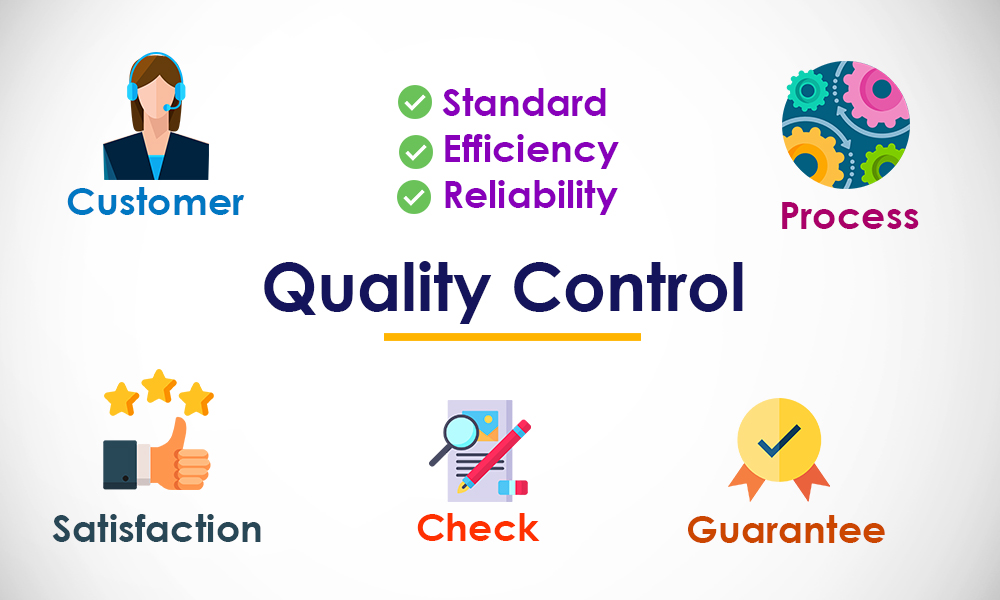Quality control (QC)
What Is Quality Control?
Quality control (QC) is a process through which a business seeks to ensure that product quality is improved. Quality control requires the business to create an environment in which both management and employees try for perfection. This is done by training personnel, to examine statistically significant variations, creating benchmarks for product quality and test products.
A key aspect of quality control is the establishment of well-defined controls. These controls help to standardize both production and feedback on quality issues. Limiting room for error by specifying production activities, by which personnel reduce the chance that employees will be involved in tasks for which they do not have sufficient training.

Keys
- Quality control (QC) is a process through which a business seeks to ensure that product quality is maintained or improved.
- Quality control involves testing the units and determining if they are within the specifications for the final product.
- The quality control used in a business is highly dependent on the product or industry, and many techniques exist to measure quality.
Understanding Quality Control
Quality control involves testing the units and determining that they are within the specifications for the final product. The purpose of the test is to determine any requirements for corrective actions in the manufacturing process. Good quality control helps companies to meet consumer demands for better products.
Quality testing involves each step of the manufacturing process. Employees often start with raw material testing, pull samples from the manufacturing line and layer-test each finished product. Testing at various stages of production helps identify where the production problem is occurring and the remedial steps needed to prevent it in the future.
The quality control used in a business is heavily dependent on the product or industry. In food and chemical manufacturing, quality control involves ensuring that the product does not cause ill / harm to the consumer, so the company performs chemical and microbiological testing of samples from the production line. Because the presence of prepared food affects consumer perception, manufacturers can prepare the product according to the instructions of their package for visual inspection.
In automobile manufacturing, quality control is focused in such a way that the parts fit together and ensure the negotiation and engine to operate smoothly and efficiently. In electronics, testing may involve using a meter that measures electric current.
Techniques of Quality Control
There are several ways to measure the performance of quality control. A quality control chart is a graphic depiction of whether a sample product or process is meeting its intended specifications - and, if not, the degree to which they differ from those specifications. When each chart analyzes a specific feature of the product, it is called a univariate chart. When a chart measures variance in several product characteristics, it is called a multivariate chart.
Randomly selected products are tested for a given attribute or are tracking the attributes chart. A common form of a quality control chart is the X-bar chart, where the y-axis on the chart tracks the degree to which the variance of the tested characteristic is acceptable. The X-axis tracks the samples tested. Analysis of the pattern of variance indicated by the quality control chart can help determine whether faults are occurring randomly or systematically.
The Role of Quality Control Inspectors
Quality control inspectors protect the consumer from defective products and damage to the company's reputation due to inferior manufacturing processes. If the testing process reveals issues with the product, the inspector has the option to fix the problem itself, return the product for repair, or tag the product for rejection. When problems arise, the inspector notifies the supervisors and works with them to correct the problem.
Comments